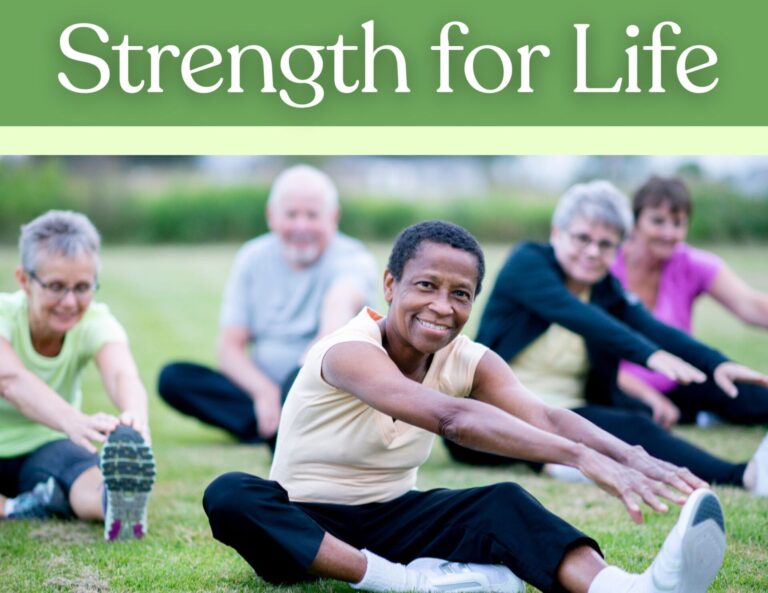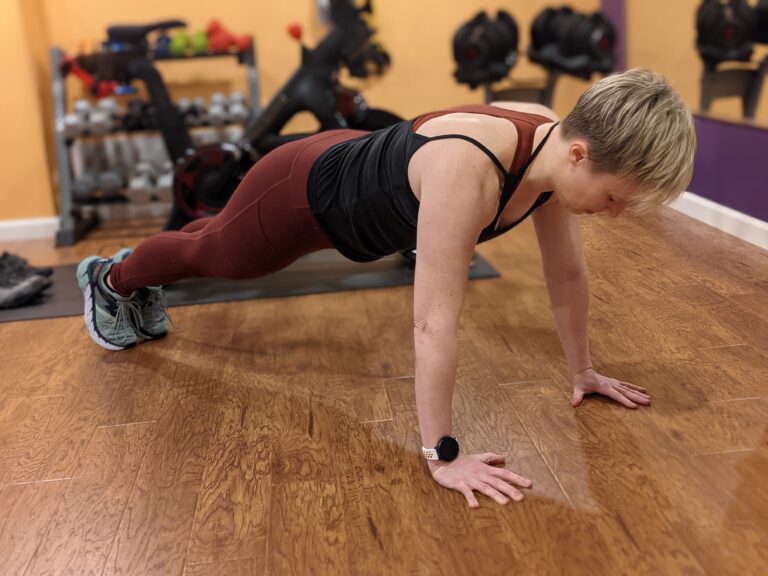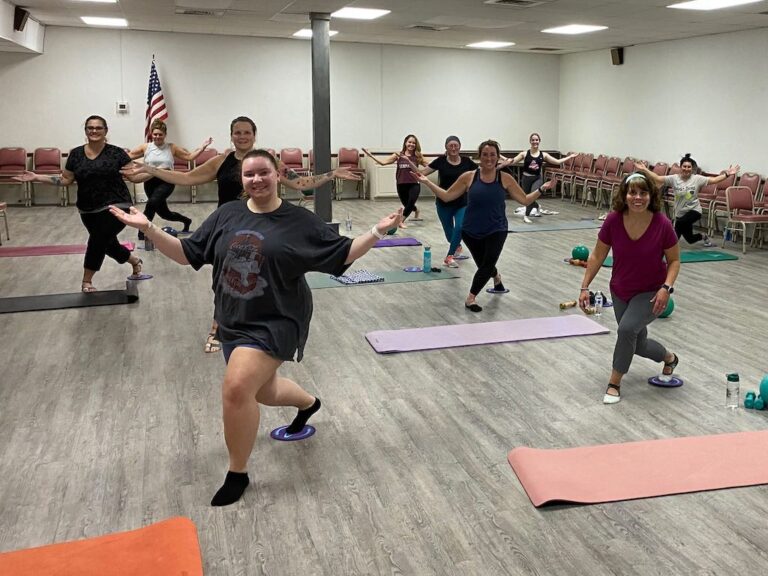This post may contain affiliate links. Read the full disclosure here.
Practice Mindful Exercise for Better Health
When you think of mindfulness, what comes to … mind? Is it stillness? Is it active movement? I tend to think of mindfulness as peaceful stillness, but it doesn’t have to be. Let’s explore another way of looking at things, specifically the practice of mindful exercise for better health.
What is Mindful Exercise?
Mindful exercise is the act of being intentional with your movement. It’s being present for each rep, each push, pull and twist. Mindful exercise is not allowing yourself be distracted by thoughts outside whatever your goals are for your workout session.
Being mindful of exercise (or anything else) is not easy. It’s never easy to clear your head and fully focus on the task at hand. But you will know when you feel its power. You will feel locked in, centered and alive. There are a lot of similarities between mindful exercise and meditation. With both, you clear your mind of things outside your current situation and allow yourself to be in the moment, conscious and intentional in your actions.
Why Be Mindful?
Studies have shown mindfulness to reduce stress, reduce inability to make decisions, improve memory, and sharpen the brain. Mindfulness helps train your brain (like your muscles) through repetition. Much like exercise for your body’s muscles, you are working your “brain muscles” over and over again to build up the ability to control your thoughtfulness, focus, and intention.
How do I Exercise Mindfully?
1. Focus on Your Goal
Before you start to exercise, visualize what you want to get out of your session. It might seem awkward, it might even sound like extra work, but the more you do something the more natural it becomes in time. Set goals in your head and during activity clear your mental space in order to achieve them.
Some suggestions …
~ “I will focus on pushing my heart rate into Zone 3-4 for the majority of my workout”
~ “I will pay attention to my breath with each rep of my resistance training”
~ “I will focus on getting deeper into my stretches.”
2. Give Yourself Grace
Before you begin, realize that mindfulness (like meditation) is not a game you ‘win’. Your brain is like a wild unbridled horse hell bent on running free. It is easily distracted and the more you try to control it, the more it fights this control.
The more you practice awareness, the more you learn how to manage this wild beast even as you may falter in your attempts. Trust your intuition, set your goals ahead of your sessions, and get back on the horse when it bucks you off.
3. Challenge Yourself
After you’ve attempted to exercise mindfully a few times, challenge yourself a little more. 1% better never hurt anyone, right? By challenging yourself, you can allow yourself to succeed (and fail) and know that in either case you are okay. You accomplished something simply by living outside your comfort zone.
We can sometimes fall into traps where failure of a goal feels like a personal failure. But you are not your goals, and if you never fail how can you get better and how can you experience new heights?
4. Rest
When you are finished with your session take time to cool down and bring your workout to a conclusion. Definitely take time for static stretching, but in doing so focus your thought on how you performed and how your body felt during your session. Did you accomplish your goal? Did you give as much as you were capable of giving?
Recognize that hitting goals isn’t why you do things in life. You do them for your enjoyment, for your health, for the experience with other people and to make you feel fulfilled in the moment. But moments are fleeting, which is also okay, because there are more mindful opportunities ahead.
Final Thoughts
Hopefully this blog has made you consider how practicing mindful exercise can lead to better health. As I’ve talked about before, every little 1% gain brings you closer to the best you you can be. Each 1% is a mindful action in and of itself. You are focusing on the next 1% at a time, small improvements over time compound into huge gains.
By being mindful we can gain control in being present for the decisions we will make today. We choose what we are doing in the moment and choose to not worry about the future. We are choosing to accept ourselves where we are while pursuing our 1% better.
Continuous improvement moves us forward toward the person we can be proud to be.







